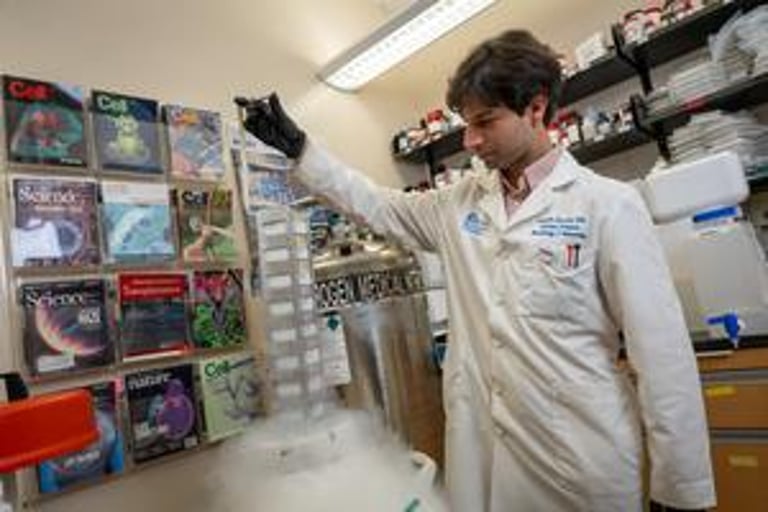Breakthrough Immunotherapy Targets B-Cells to Improve Transplant Success in Sensitized Patients
August 15, 2025
Researchers have developed a novel immunotherapy approach that involves engineering regulatory T-cells (Tregs) with a chimeric anti-HLA antibody receptor (CHAR) to target and suppress B-cells producing anti-HLA-A2 antibodies, a common cause of rejection in sensitized transplant patients.
This innovative strategy enables Tregs to detect anti-HLA-A2 antibodies and activate to neutralize the problematic B-cells, allowing for more precise immunosuppression.
A team at the Medical University of South Carolina has created genetically modified Tregs that specifically target and suppress antibody-producing B-cells responsible for organ rejection, aiming to improve transplant outcomes.
In tests on cells from dialysis patients with a history of kidney rejection, these CHAR-Tregs significantly reduced anti-HLA-A2 antibody levels, demonstrating their potential effectiveness for clinical use.
This targeted immunotherapy paves the way for personalized approaches in organ transplantation, shifting focus from broad immune suppression to specific immune responses.
The strategy is especially beneficial for pre-sensitized patients, who have heightened immune responses due to prior exposure to HLA-A2, making organ matching and rejection prevention more challenging.
Such precise immune modulation could make transplantation safer and more accessible for sensitized patients, reducing reliance on traditional broad-spectrum immunosuppressants.
This approach aims to minimize the side effects associated with conventional immunosuppressive drugs, potentially improving organ survival and compatibility.
Overall, this biotech innovation offers a promising avenue to improve transplant success rates and could expand options for patients with limited donor matches due to sensitization.
Summary based on 2 sources
Get a daily email with more Science stories
Sources

EurekAlert! • Aug 15, 2025
Teaching the immune system a new trick could one day level the organ transplant playing field
Medical Xpress • Aug 15, 2025
Genetically modified immune cell could help organ transplant patients who are prone to rejection